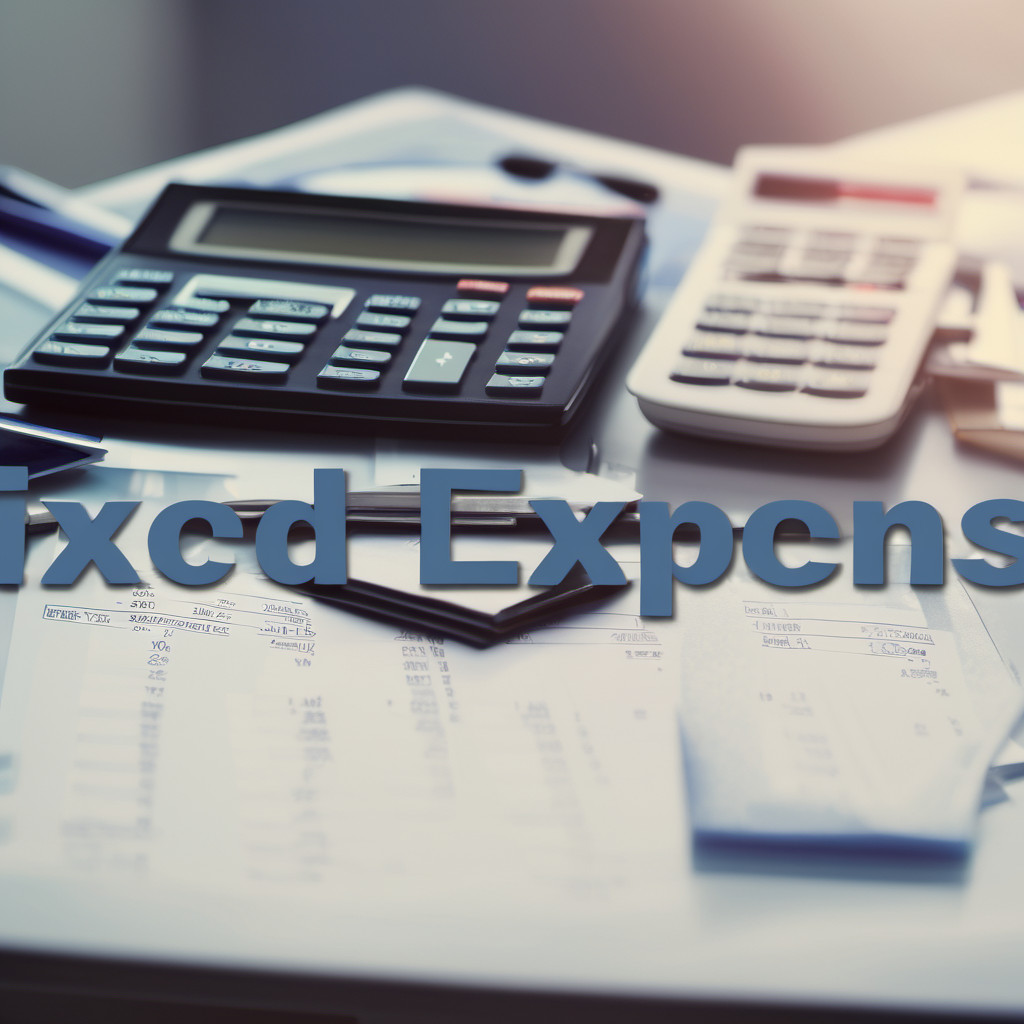In the dynamic landscape of personal finance, mastering fixed expenses is a key pillar of financial stability. Fixed expenses, those regular and predictable costs, play a vital role in shaping our financial landscape. This comprehensive guide aims to shed light on the intricacies of fixed expenses, providing insights, strategies, and real-world examples to empower readers on their journey to financial control.
Define fixed expenses and their role in financial planning.
Fixed expenses are recurring costs that remain constant over a given period. Understanding their role is pivotal for effective financial planning, offering stability and predictability in an often unpredictable financial world.
Highlight the advantages of managing fixed expenses effectively.
Effectively managing fixed expenses contributes to financial stability, allowing for better budgeting, increased savings, and improved overall financial health.
Briefly explain the difference between fixed and variable expenses.
Distinguishing between fixed and variable expenses lays the foundation for strategic financial planning. While fixed expenses remain constant, variable expenses fluctuate based on consumption or usage.
Identifying and Categorizing Fixed Expenses:
List common examples of fixed expenses (rent, utilities, insurance, etc.).
Common fixed expenses include rent or mortgage payments, utilities, insurance premiums, and loan repayments. These are essential costs that recur regularly.
Encourage readers to create a comprehensive list of their own fixed expenses.
Readers are urged to compile a detailed list of their fixed expenses, fostering a clear understanding of their financial obligations and facilitating effective budgeting.
Introduce different categorization methods for fixed expenses (essential, non-essential, optional).
Categorizing fixed expenses helps prioritize spending. We explore methods such as essential, non-essential, and optional categories to guide readers in making informed decisions.
Analyzing and Optimizing Fixed Expenses:
Explain techniques for analyzing and reviewing fixed expenses regularly.
Regular analysis of fixed expenses is crucial for financial optimization. Techniques for reviewing and evaluating these costs are discussed to ensure ongoing financial health.
Identify potential areas for cost reduction and renegotiation (rent, subscriptions, etc.).
We delve into practical strategies for cost reduction, such as renegotiating rent agreements and optimizing subscription services, empowering readers to take control of their fixed expenses.
Explore alternative options for specific fixed expenses (energy providers, insurance plans).
Exploring alternatives for fixed expenses, like changing energy providers or adjusting insurance plans, can offer cost savings without sacrificing quality or coverage.
Discuss strategies for consolidating certain expenses (phone and internet bundles).
Consolidating expenses, like bundling phone and internet services, is a savvy approach to managing fixed costs efficiently. We explore the benefits and potential savings of such strategies.
Strategies for Managing Fixed Expenses:
Introduce budgeting techniques for incorporating fixed expenses (50/30/20 rule, zero-based budgeting).
Budgeting is a cornerstone of financial planning. Techniques like the 50/30/20 rule and zero-based budgeting are introduced to help readers integrate fixed expenses seamlessly into their financial plans.
Emphasize the importance of establishing an emergency fund to cover unexpected fluctuations.
An emergency fund acts as a financial safety net. We highlight its importance in handling unexpected fluctuations in fixed expenses, providing peace of mind and stability.
Discuss the benefits of automating payments and setting reminders.
Automating fixed expense payments ensures timeliness and eliminates the risk of missed payments. Setting reminders adds an extra layer of financial diligence.
Encourage readers to explore payment plans and installment options for larger fixed expenses.
Larger fixed expenses, such as annual fees or property taxes, can be managed effectively through payment plans. We discuss the advantages and considerations of such arrangements.
Building Sustainable Habits Around Fixed Expenses:
Promote the importance of financial discipline and avoiding lifestyle inflation.
Financial discipline is essential for long-term success. We explore the significance of maintaining discipline and avoiding lifestyle inflation for sustainable financial habits.
Advocate for proactive planning and budgeting for upcoming fixed costs (property taxes, annual fees).
Proactive planning involves anticipating and budgeting for upcoming fixed costs. We guide how to prepare for significant expenses in advance.
Encourage regular review and evaluation of fixed expenses to ensure optimal allocation.
Financial landscapes evolve. Regularly reviewing and evaluating fixed expenses ensures optimal allocation of resources, preventing financial stagnation.

